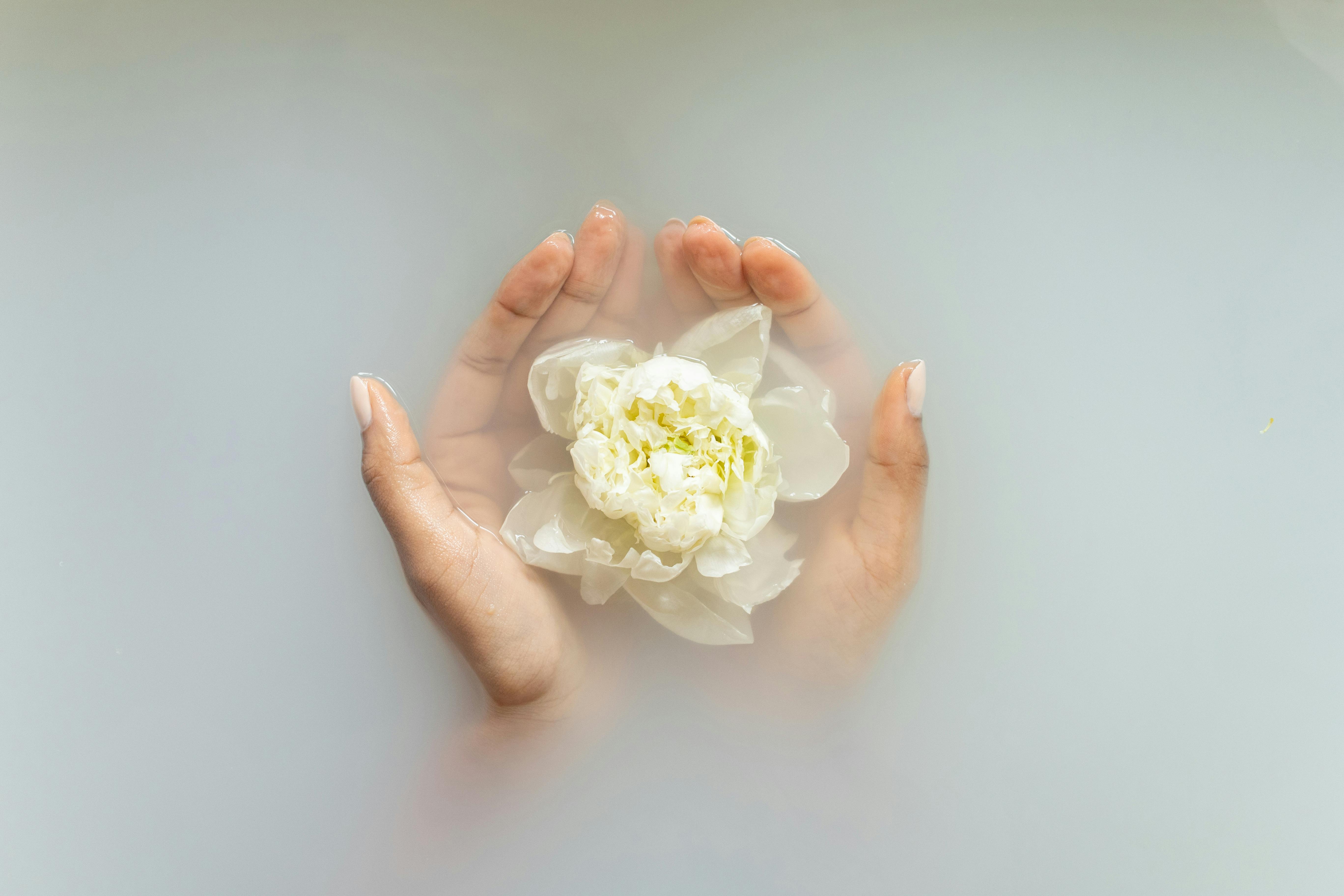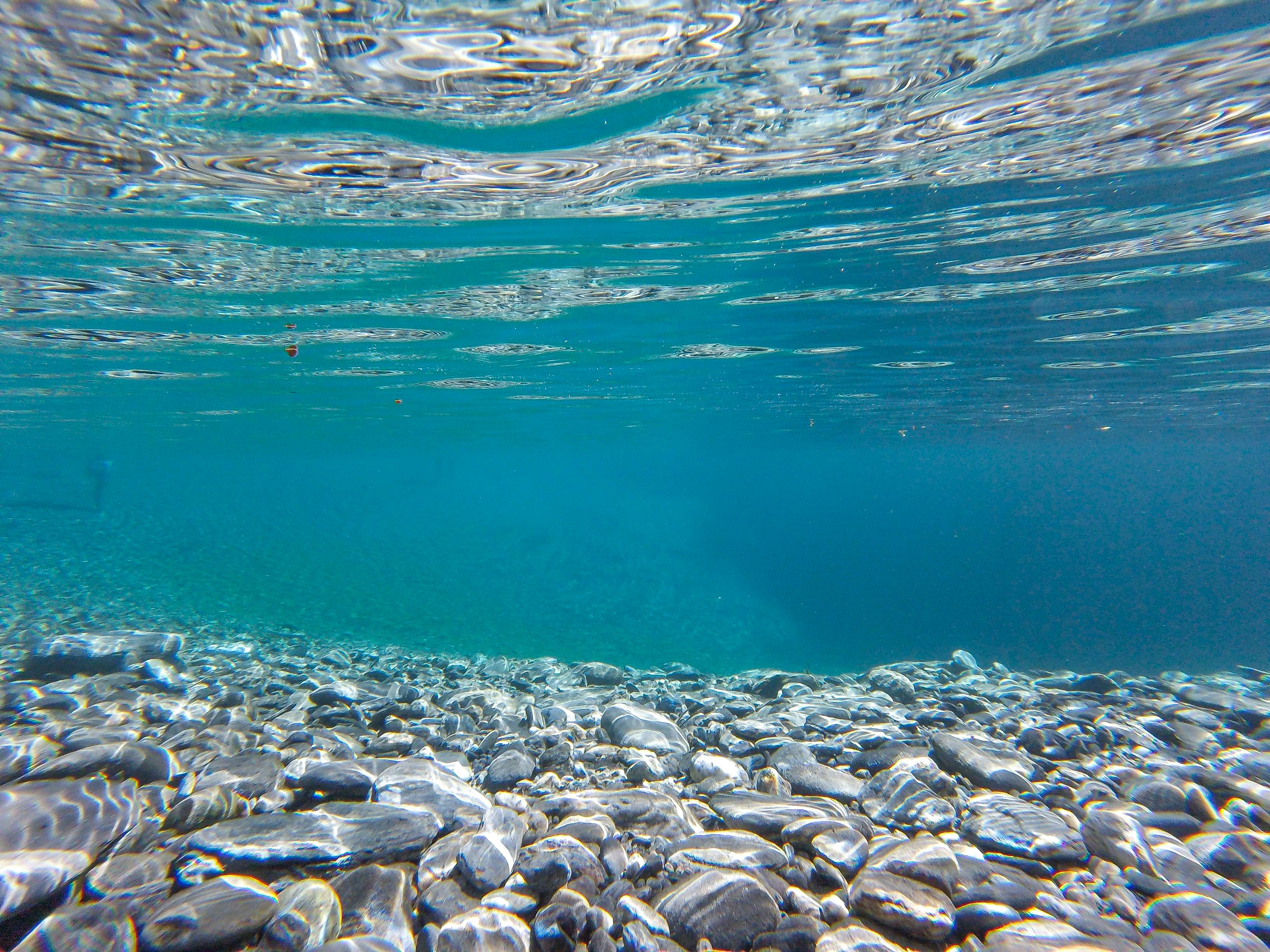Making pure distilled water is a relatively straightforward process that can be done at home or in a laboratory setting. Distillation is the process of separating liquid mixtures based on their different boiling points, and it can be used to make water that is free from most contaminants. This guide will explain the basics of how to make pure distilled water, including what equipment is needed and the steps involved.Distilled water is water that has been boiled and then condensed back into liquid form. The boiling process separates out impurities, such as heavy metals, salts, minerals, and other matter that can make the water unsafe to drink. The steam produced during the boiling process is then condensed back into liquid form, creating distilled water. Distillation removes any bacteria and other microorganisms that may be present in the water. It also removes any chemicals or toxins that may be present, including those from industrial runoff and agricultural runoff.
The Difference Between Distilled and Purified Water
Distilled and purified water are both forms of treated water, but there are some key differences between the two. Distilled water is created by boiling water and collecting the steam that condenses back into liquid form. This process removes any minerals, bacteria, and other contaminants from the water. Purified water is created by running it through a filtration system that removes any impurities or contaminants but leaves behind naturally occurring minerals like calcium and magnesium.
Distilled water has a low mineral content, making it more acidic than purified water. This makes it better for certain applications like car batteries or steam irons where the minerals can cause buildup in the components over time. It also doesn’t have a taste since all of the minerals have been removed. On the other hand, purified water has some minerals left in it which give it a slightly salty taste.
Purified water is often used for drinking since it still contains some beneficial minerals like calcium and magnesium which are important for human health. It’s also used in many industries for its various applications such as manufacturing processes or pharmaceuticals where its high purity makes it an ideal choice.
The Benefits of Drinking Distilled Water
Drinking distilled water offers many benefits to people, ranging from improved hydration to better health. Distilled water is free of minerals and chemicals, making it much purer than tap or spring water. This means that when you drink it, you can be certain that you are getting the most out of your hydration. Furthermore, because it is free of impurities, it is also better for your body and can help improve your overall health.
In addition to being free of impurities, distilled water is also easier for the body to absorb than other types of water. This means that when you drink it, your body absorbs more of the water before it has a chance to become dehydrated. This allows for better hydration over time and can help reduce fatigue and improve energy levels. It also helps keep the skin hydrated and supple, which can reduce wrinkles and other signs of aging.
Distilled water also has many other benefits besides improved hydration. For example, drinking distilled water can help reduce the risk of developing certain types of cancer. Studies have found that drinking distilled water can help reduce the
How to Make Distilled Water at Home
Making distilled water at home is a relatively simple process. The process involves boiling water and then collecting the steam that is produced from the boiling. This steam then condenses back into liquid form, resulting in pure, clean water that has been purified of contaminants and dissolved solids. With just a few simple supplies, you can make distilled water right in your own kitchen.
The first step in making distilled water is to obtain a large pot and fill it with regular tap water. Make sure the pot is large enough to accommodate all of the water that you plan to distill. Place the pot on the stove and turn up the heat so that it begins to boil. As the water boils, steam will rise off of it and begin collecting in a bowl or container of your choice placed directly above it.
It is important to cover the bowl or container with something so as not to allow any contaminants back into the distilled water such as dust particles or other materials that may be floating around in your kitchen air. A lid or plastic wrap will work perfectly for this purpose. Allow the steam to
Supplies Needed to Make Pure Distilled Water
Making pure distilled water is a fairly simple process, but it does require some specialized supplies. The most important supplies you will need are a heat source, a distiller, and containers for collecting the water. You will also need items such as thermometers, measuring cups, and funnels to help with the process.
A heat source is necessary for boiling the water to create the steam that is collected by the distiller. A propane stove or hot plate are two popular choices for this purpose. Depending on your distillation setup, an electric heater may also be necessary.
The distiller itself is the largest item you will need for making pure distilled water. It consists of a boiling chamber that heats up the water and a condensing chamber that collects the steam produced by boiling it. The two chambers are connected by tubes and valves, which ensure that only pure steam enters into the condensing chamber.
Containers are necessary for storing both the boiled water and the collected pure distilled water. Plastic containers are typically used since they are

What is Distilled Water?
Distilled water is a type of purified water that has had both impurities and minerals removed. It is created by a process of distillation, which involves boiling the water to produce steam, then collecting the condensed steam back into liquid form. This process leaves behind any impurities or minerals in the water, resulting in a product that is free from contaminants. Distilled water can be used for drinking, cooking, cleaning, and various other applications where pure water is needed.
Step-by-Step Guide to Making Pure Distilled Water
Making your own distilled water at home is a simple process that requires minimal equipment. Here are the steps you need to follow:
1. Gather Your Supplies
To make distilled water at home, you will need a large pot with a lid, some ice cubes, and some clean tap water. You will also need some sort of condensing surface such as an aluminum foil-covered bowl or an inverted metal colander
Boiling Method for Making Distilled Water
Distilled water is water that has been purified of all impurities by boiling it and then condensing the steam. This method is used to make pure, safe drinking water. It removes all dissolved solids, minerals, salts, bacteria and other contaminants from the water, leaving it free of any contaminants. The boiling method is simple and effective way to produce distilled water at home.
The process begins by filling a pot with tap water and bringing it to a boil. As the pot begins to boil, steam will rise off the surface of the water. This steam can be collected in a separate container. When the steam has condensed into liquid form, it is pure distilled water free of any contaminants. This process can be repeated as necessary until enough distilled water has been collected for use.
Distilled water produced through this method should be stored in clean, sterile containers that are not exposed to air or sunlight as these factors can cause bacteria to grow in the stored water. If stored properly, distilled water can last indefinitely without losing its purity or taste. Additionally, if tap water contains high concentrations of
Distillation
Distillation is a process used to purify liquids by separating their components. It works by heating a liquid, which causes it to evaporate and condense back into a separate liquid. Distillation is commonly used to make distilled water, which is free of impurities and safe to drink. To make distilled water, the water is heated until it evaporates and then condensed back into a separate container. The resulting liquid is free of impurities and can be used for drinking, cooking, or other applications.
Condensation Method
The condensation method of making distilled water involves using a condenser to collect the vaporized water that evaporates from the original source of water. The condenser collects the vaporized water as it passes through a series of coils, which cools the vapor and causes it to condense back into a liquid form. This condensed liquid is then collected in a separate container and can be used as distilled water.
Advantages
The main advantage of using the condensation method for making distilled water is that

Conclusion
Distilled water is an essential resource for many industries and individuals, and it is important to be aware of the best methods for producing it. Boiling water has long been a reliable technique, but distillation provides a far more efficient and cost-effective method of achieving pure H2O. A distilling apparatus can be constructed with relative ease using everyday materials, while commercial setups are also available for those who need them. The process itself is straightforward and can be completed in an hour or two.
Distilling water may require some time and effort, but the resulting product will make that investment worthwhile. The distilled water produced from either homemade or commercial systems will be purer than boiled water, ensuring that any use of that resource is safe and free from contaminants. With the right set up, anyone can make pure distilled water to use in their home or business.

